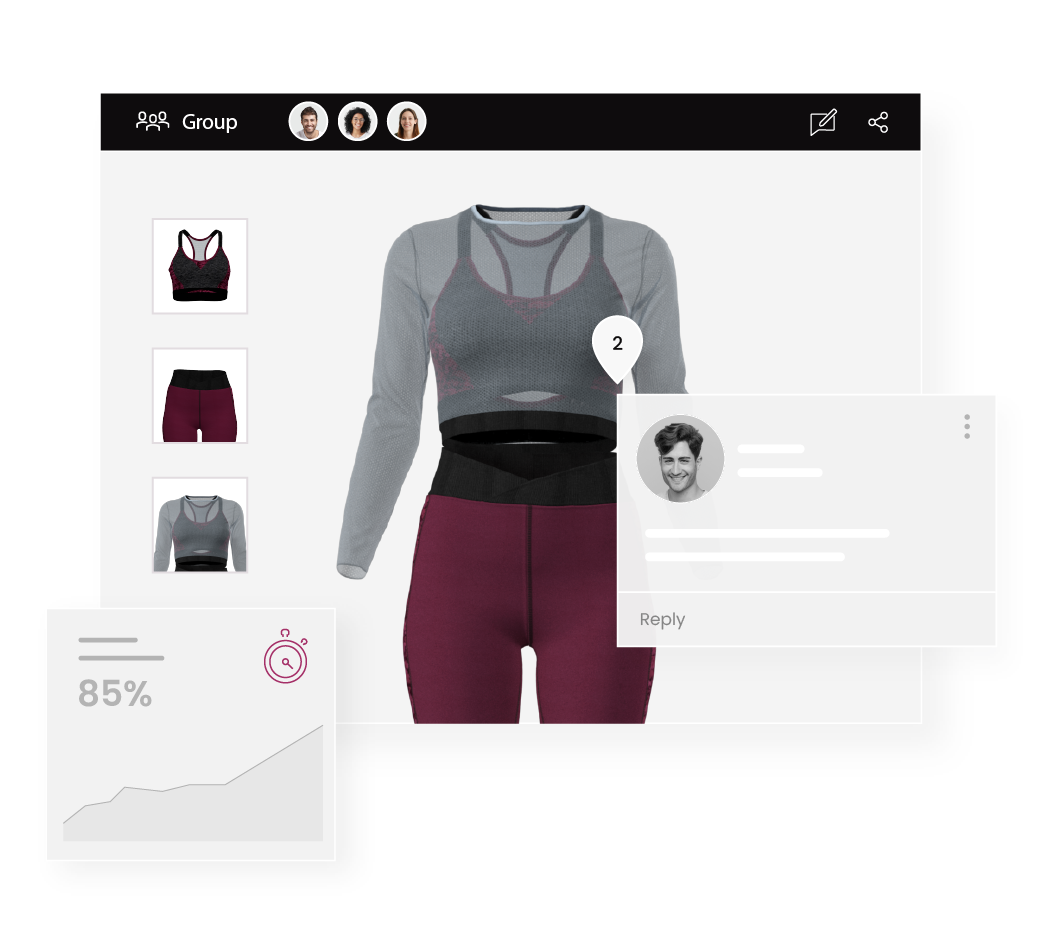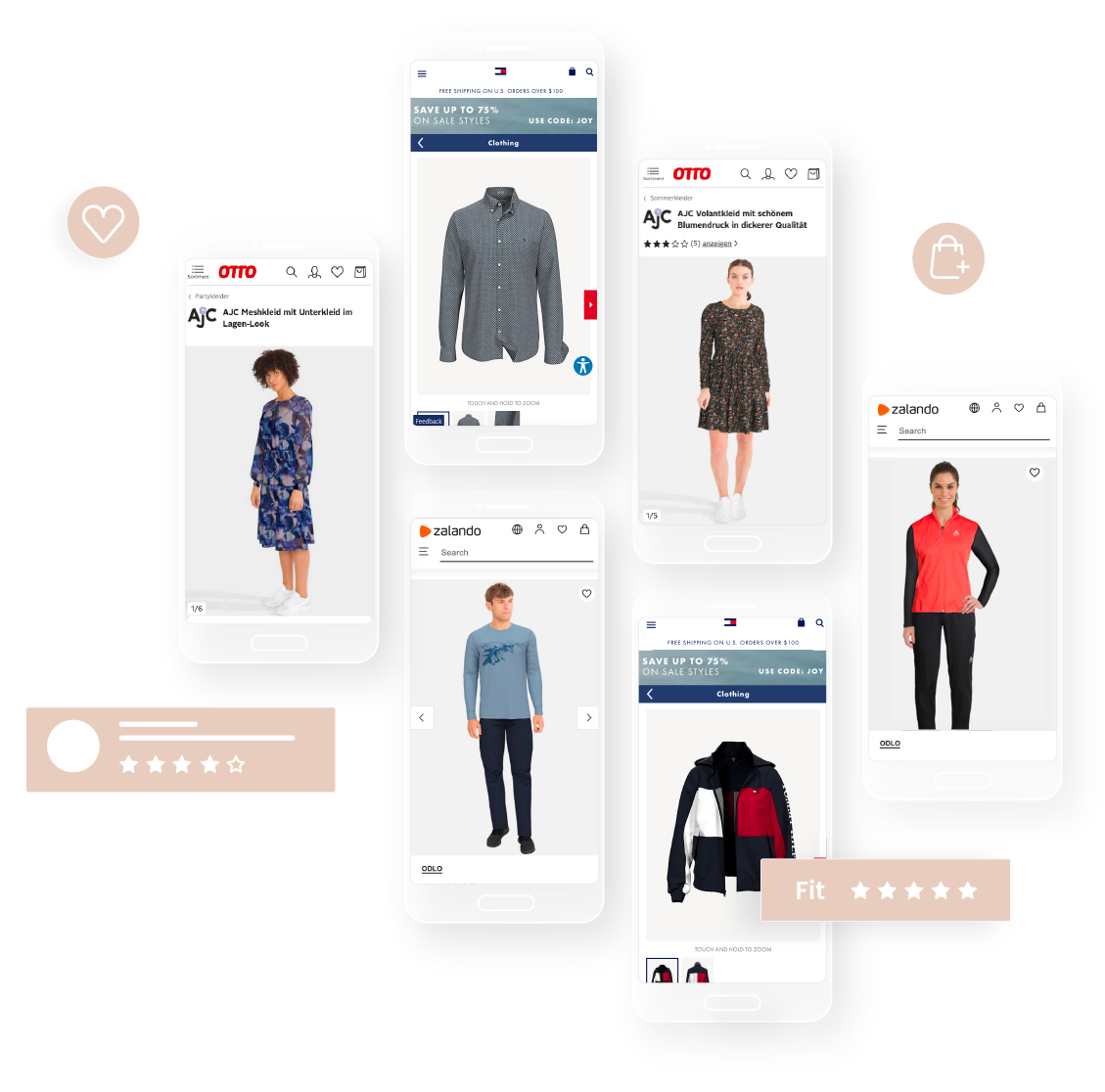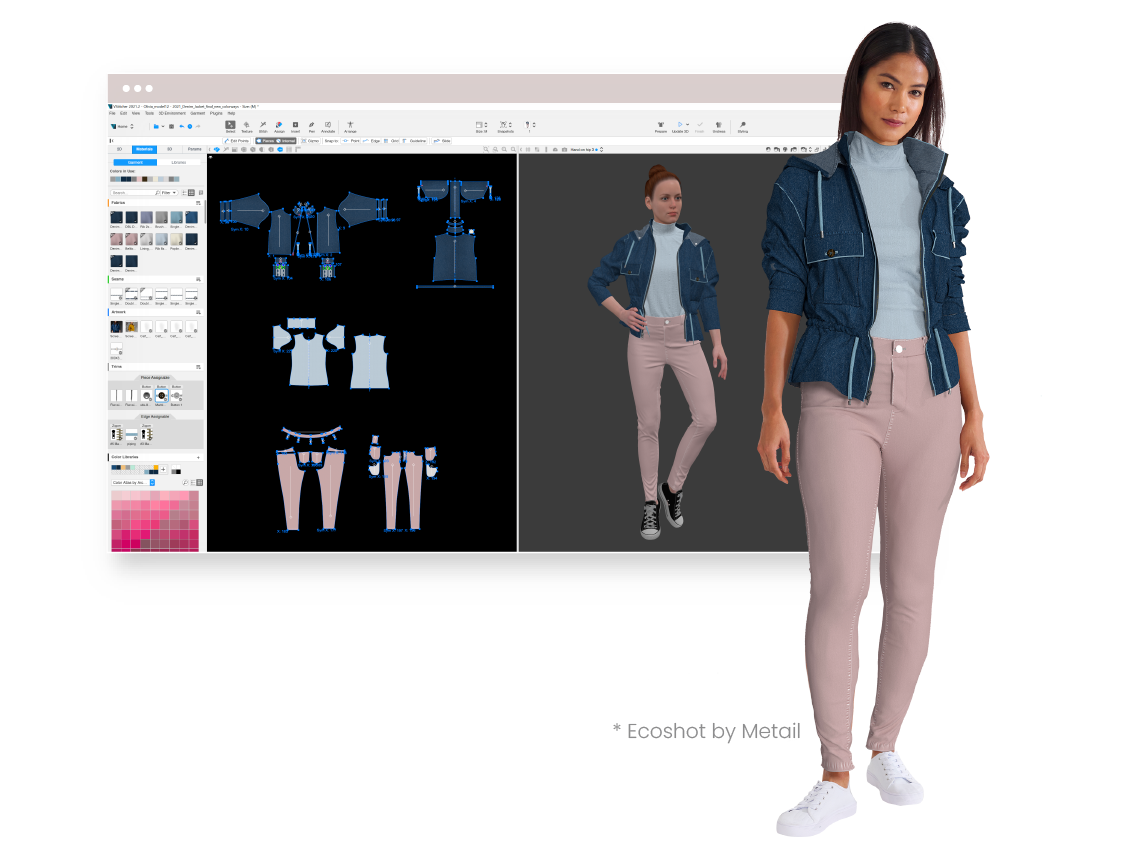Box Hill Institute’s Fashion Show Showcases the Future of Design
Box Hill Institute's fashion show highlighted student innovation, merging tradition with virtual prototyping. Lilly Cavallin led with future-ready...

It’s no secret that the fashion industry is always on the cutting edge of technology; augmented reality (AR) and virtual reality (VR) are already significantly impacting fashion. While they may have once seemed like futuristic concepts, they are now very much a part of the present fashion landscape.
Augmented Reality (AR) redefines how people interact with fashion. It provides a more immersive and personal experience, allowing users to try on clothes without leaving their homes. This 3D apparel design technology can also be used to create virtual fitting rooms, where users can see how an outfit looks on it before they buy it. This allows shoppers to look at new styles and trends without traveling to a physical location. And because AR can be used on mobile devices, it would make these showrooms accessible to anyone with a smartphone or tablet.
![]()
The fashion industry is already feeling the impact of AR and VR. These technologies are changing how consumers shop for and interact with clothing and accessories.
For example, consumers can now use their smartphones to view virtual try-ons of clothing and makeup. This allows them to see how an item looks on them without having to try it on physically. Retailers are also using AR to create interactive in-store experiences. For example, Sephora has created an AR mirror that lets shoppers “try on” makeup without applying it directly to their skin.

These technologies are also changing the way fashion designers work. With VR, designers can create virtual prototypes of their designs and see how they look on a model before they’re even created in real life. This helps to speed up the design process and make it more efficient.
Overall, AR and VR are having a major impact on the fashion industry in terms of how consumers shop for clothes and how designers create new styles.
As Avihay Feld, Co-Founder of Browzwear, notes in an interview with Techround, “ If we’re able to have real-feeling virtual experiences, it opens opportunities to a host of use cases. Commerce is one of the most obvious, and it would also bring in the revenue needed to fuel further development.”
Technology is always changing how we interact with the world, and fashion is no different. Augmented reality (AR) and Virtual Reality (VR) are two technologies that have a major impact on the fashion industry.
AR allows users to see digital information superimposed over the real world. This means that users can view product information, prices, and reviews without leaving the comfort of their homes. Some retailers already use AR to let customers try on clothes without physically visiting the store.
With 3D clothing design software like Browzwear, VStitcher’s 3D visualization capabilities enable consumers to “wear and try on” their digital garment, accurately reflecting their body, shape, and size and considering how the fabric fits, drapes, and folds. This leads to reduced shipping costs and a less cramped closet as consumers can buy higher-quality, more tailored garments that will last longer and reduced returns due to increased customer satisfaction.
 VR, on the other hand, completely immerses users in a digital world. This technology has the potential to change the way fashion shows are experienced. For example, instead of sitting in a front-row seat at a runway show, VR could allow users to feel like they are walking down the runway themselves or even give them a 360-degree view of all the looks from every angle.
VR, on the other hand, completely immerses users in a digital world. This technology has the potential to change the way fashion shows are experienced. For example, instead of sitting in a front-row seat at a runway show, VR could allow users to feel like they are walking down the runway themselves or even give them a 360-degree view of all the looks from every angle.
The benefits of Augmented Reality and Virtual Reality in the fashion industry vary. For one, they can help increase sales by giving customers a more immersive experience that allows them to try on products virtually before they buy them.
Additionally, they can help create new and innovative marketing campaigns that capture consumers’ attention. Finally, they can also help cut costs associated with traditional marketing and advertising methods, such as print and television campaigns.
“Some of this commerce will stay in the digital world. For example, if people are being represented by and interacting as avatars, they will need clothes. This will create a new generation of digital fashion designers and virtual boutiques. Other commerce transactions might be digital/physical hybrids, and others may be real-world goods bought and sold in the virtual one,” adds Avihay.
The fashion industry is constantly changing and evolving, and so are the technologies it relies on. While AR and VR offer a lot of potential for the fashion industry, some challenges must be considered when implementing these new technologies.
One of the biggest challenges is ensuring that the AR/VR experience is seamlessly integrated with the existing retail infrastructure. This includes everything from in-store displays and fitting rooms to online shopping platforms. Without a smooth integration, shoppers may be put off by the AR/VR experience and return to traditional shopping methods.
Despite these challenges, AR and VR undoubtedly greatly impact the fashion industry. By staying ahead of the curve, fashion brands and retailers can use these new digital design tools and technologies to create unique customer experiences and stay ahead of their competition.
Browzwear is changing how the fashion industry used to work in traditional ways. Our Open Platform allows smooth integrations between Browzwear 3D fashion design software and various AR and VR tools. It’s an exciting time for the fashion industry, and we can’t wait to see what innovations AR and VR bring forth in the future.
Box Hill Institute's fashion show highlighted student innovation, merging tradition with virtual prototyping. Lilly Cavallin led with future-ready...
Discover how fashion technology trends like virtual twins, AI, and body scanning are transforming the industry, tackling waste, and enhancing...
Discover how digital and virtual twins transform fashion design, fit testing, and production, and learn the key differences.